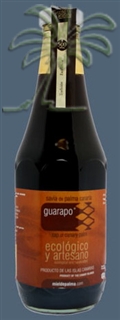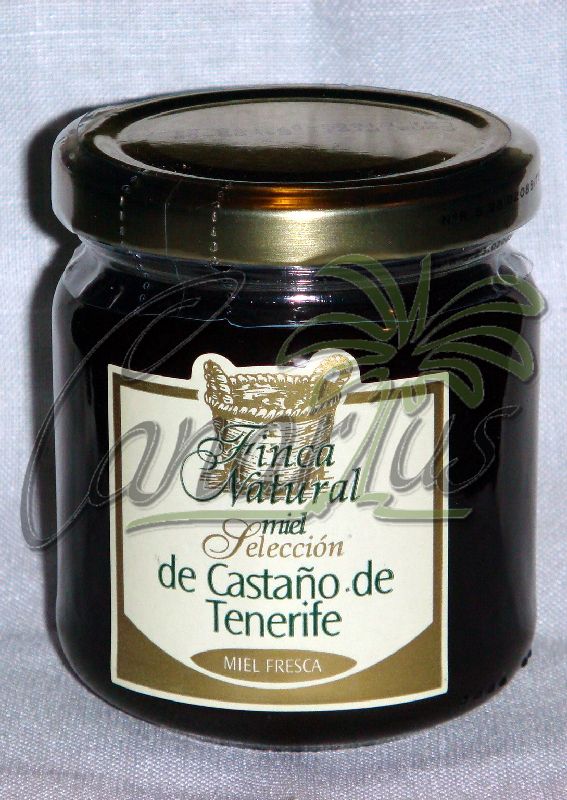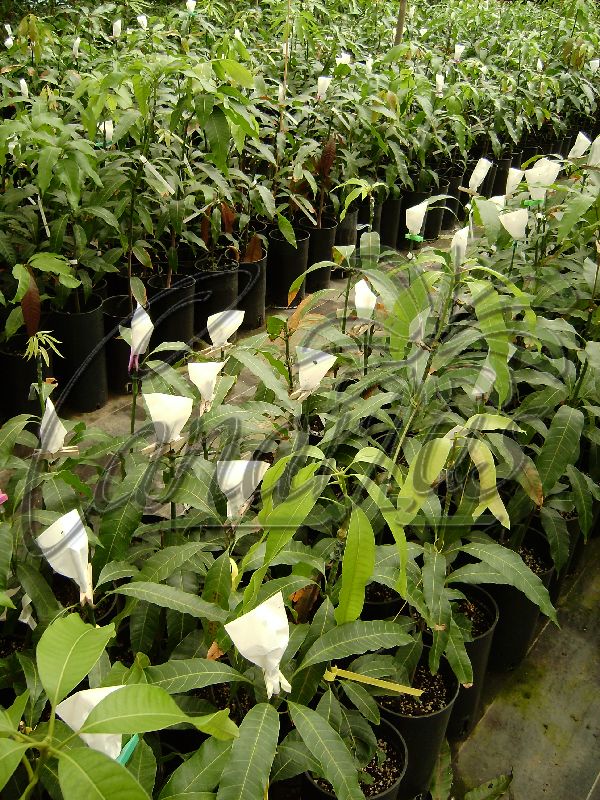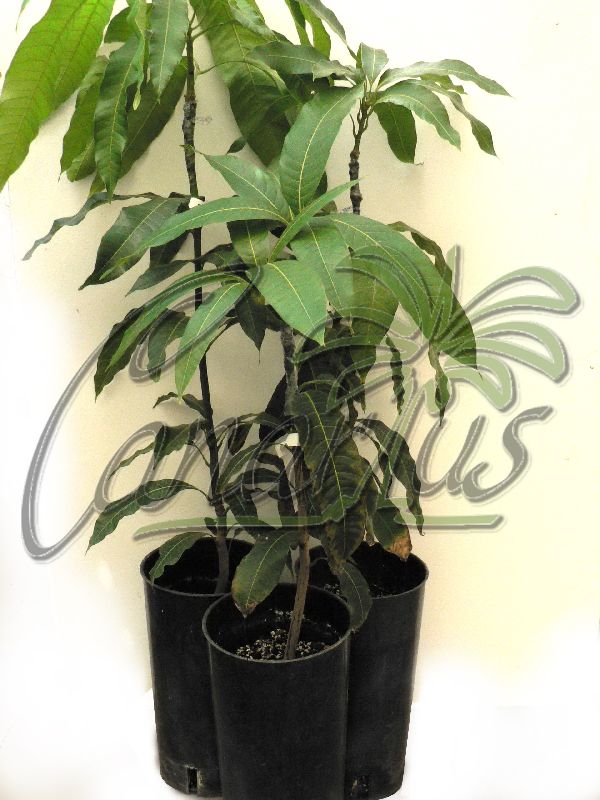The Mamey Rojo – Mamey Colorado or Red Mamey. Information from the Canary Islands and a video with The Tropical Fruit Growers of South Florida.
We are proud to offer grafted plants of Mamey Colorado, a fabulous tropical fruit tree, which is hard to find in Europe. We sell the improved variety “Pantin” and we ship our grafted trees to anywhere in Europe.
Pouteria sapota Pantin – Mamey Colorado
This is a video published by the “Tropical Fruit Growers”, presenting the famous tropical fruit called – Mamey Sapote or Mamey Colorado - with Mr. Julian Lara.
Red Mamey is a tropical evergreen tree native to Central America commonly grown as an ornamental.
The tree has an open crown with a central thick trunk and some large branches. It could reach up to 20 m (60 ft) in tropical regions. Leaves are 30 cm (12 “) long and 10 cm (4 “) wide, the shape is obovate or oblolanceolate and they are group and the end of small branches. Flowers are small, whitish and sessile. The fruit is a berry, oval-shaped, with a persistent calyx; its size varies from 8-20 cm (3-8 “) length. The skin is thick and reddish, similar to very soft sandpaper. The flesh of ripen fruits is salmon-pink, orange or red and the texture varies from smooth, firm to finely granulate. It has a sweet unique taste similar to almonds. Usually there is a long, elliptic seed, but could be four. Fruits weight 0,3-2,7 kg (0,7-6 lb). Available in the summer. Could be eaten fresh and used in milk shakes, soups, preserves and deserts. The grafted variety “Pantin” is most spread in Florida and from all the varieties of red the mamey this has the best taste.
Canarius offers grafted mameys. Grafting trees is an art and it is very difficult to graft Pouteria as it takes many months and many failures to achieve the goal.
This fruit tree in Spanish is called:
- Mamey Sapote
- Sapote Rojo
- Mamey Rojo
- Mamey Cubano





















